With the birth of a baby, a mother has a lot of reasons to worry. Among the most common are colic, poor sleep, and unsettled feeding patterns for the baby. To this may also be added the problem of dry skin in the baby. Here, experts advise not to panic, but to arm yourself with useful knowledge that will help provide proper care.
- Features of newborn skin
- Causes of dry skin in babies
- Rules of care
- What to do if your baby has dry skin
- Consequences of dry skin in a newborn and errors in care
- Importance of Nutrition
- Prevention measures
- Tools Overview
Features of newborn skin
The skin of a newborn is different from that of an adult. She loses heat much faster, because the ratio of the baby’s body surface to his weight is several times greater than that of an adult.
“Newborns have a very thin epidermis,” says Alexander Prokofiev, dermatovenerologist, medical expert for the La Roche-Posay brand. “That’s why a baby’s skin is very delicate and easily wounded. Until a certain age, it has an insufficiently acidic pH (due to low sebum production), so it is more susceptible to various microbes. In addition, it contains significantly less of the protective pigment melanin.”
In newborns, the density of sweat glands is higher due to the smaller skin surface compared to adults. But by the time of birth, these glands are not mature and cannot cope with the mission assigned to them - sweating. Therefore, when the ambient temperature rises, the baby's skin is prone to overheating.
Causes of dry skin in babies
According to Alexander Prokofiev, “the main reason for a baby’s dry skin is the insufficient functioning of its sebaceous and sweat glands. In the womb, these glands remain dormant and begin to activate only after birth. Gradually, this physiological state of skin vulnerability disappears.”
The skin of newborns is very delicate, thin and easily vulnerable © iStock
There are several other factors to blame for dry skin in babies.
The air is too dry
In dry and warm air, the load on the child’s unformed thermoregulation increases. This is why it is so important to use humidifiers.
Overwrapping yourself, swimming in too warm water, and hot weather all cause dry skin.
Washing powders, disinfectants, chlorinated water, and poor-quality care products can negatively affect the condition of children’s skin.
From the first months of life, teach your child to drink water, not juice, compote or tea.
Rules of care
Caring for a baby requires parents to take great responsibility and adhere to the rules of hygiene.
Mom should have neat, short-cut nails and clean, well-groomed hands. Otherwise, there is a risk of injuring the baby’s delicate skin and causing infection.
Twice a day, the baby needs to treat the umbilical wound until it is completely healed.
Keep your baby's skin clean and change the diaper every 3 hours or immediately after a bowel movement.
Bathe your baby daily. If the quality of tap water leaves much to be desired, then use boiled water with a temperature no higher than 37 degrees Celsius (and no lower than 34).
What to do if your baby has dry skin
Here the recommendations depend on the location of the dry areas of the skin.
Wash your newborn with a cotton pad soaked in boiled water © iStock
In the parietal region of newborns, dry flaky crusts - gneiss - often form. Half an hour before bathing your child, lubricate them with warm Vaseline or vegetable oil, and while washing, carefully rinse them from the scalp. If you don’t manage to cleanse your scalp the first time, it’s okay. Repeat skin treatment during subsequent baths. The main thing is not to pick the skin or tear off the crusts, so as not to cause additional skin irritation.
The problem of dryness can arise due to frequent contact with water (especially hard water), dry indoor air, hot and windy weather. Wipe the newborn's face 2 times a day with cotton pads soaked in boiled water. Don't forget to clean the folds behind your ears too. Then apply moisturizer.
Dryness can occur due to contact with clothing that contains detergent particles or aggressive dyes. After the umbilical wound has healed, use special moisturizing oils or chamomile decoction for bathing. Dry your baby's skin without rubbing it, but by gently patting it with a soft towel. Then apply baby moisturizer.

The moisture content of the skin of babies varies. Even a healthy baby may have a tendency to dry skin. This article will help parents understand what is normal and pathological.
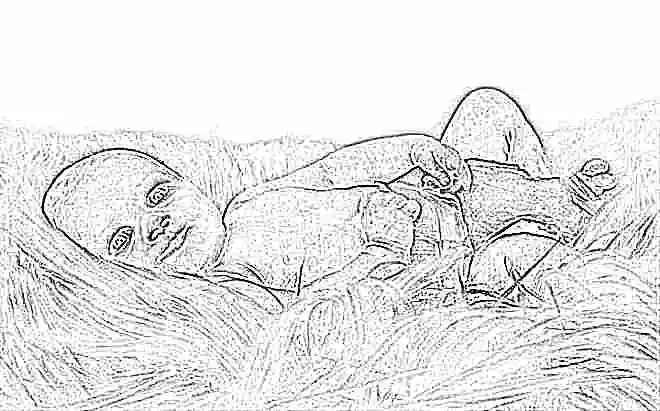
How does it manifest?
Dry skin is noticeably different in density from moisturized skin. This difference is usually identified by parents when cleaning their baby every day. In some cases, the skin becomes rougher and uneven to the touch.
Severe dryness can lead to the appearance of small cracks on the skin, which become possible “gates” for secondary infection.
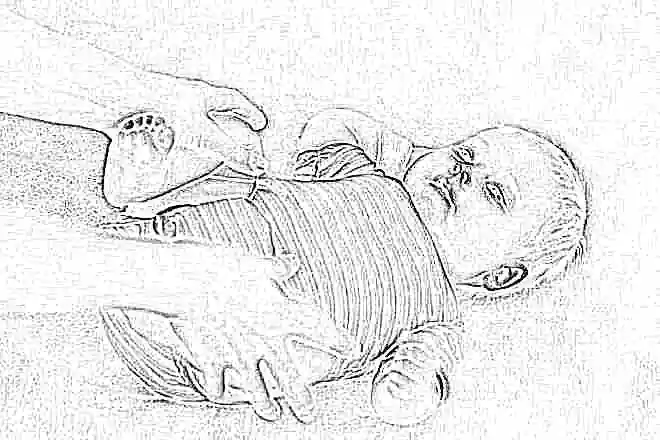
The color of dry areas of skin is noticeably different from healthy ones. They usually look lighter, and the skin texture may be disrupted.
The density of the affected areas decreases. The skin becomes less smooth and shiny. In some forms of allergic eczema, it looks “aged.”

The localization of the appearance of dry areas largely depends on the initial cause that contributed to their development. If severe dryness appears between the toes, this often indicates that the child is developing scabies.
Dry fingertips are often a symptom of a vitamin deficiency or allergy. After suffering viral or bacterial infections, in some cases, dry skin may also increase.
If, for some unknown reason, a child’s palms become dry and the skin itching intensifies, then you should pay attention to what soap he uses to wash his hands.
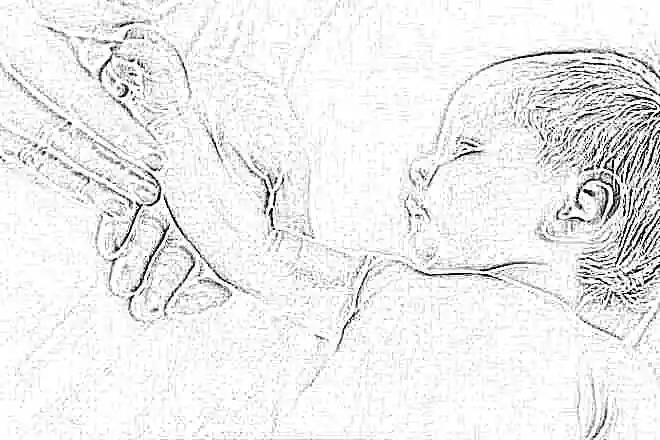
Causes
According to statistics, dry skin of the hands and feet most often occurs in newborn babies and children in the first year of life.
Many parents prefer to cope with this condition at home, without seeking medical help. Others believe that it is impossible to cope with increased dryness on their own.
In order to understand in which case you may need to consult a specialist, you should first understand what doctors consider healthy skin.
The baby's skin is usually smooth to the touch. Optimal skin hydration is ensured by complex metabolic processes. The condition of the skin largely depends on how well the child’s water-lipid layer is expressed. A special ratio of hydrophilic molecules and lipid fractions ensure proper hydration of the skin layers.

A variety of reasons lead to the development of excessive dryness in a baby. The delicate skin of a child is very sensitive to the effects of numerous environmental factors. Such unfavorable causative factors include:
Large fluctuations in ambient temperature
Hypothermia or overheating of the skin leads to disruption of the water-lipid layer, which is manifested in the child by the development of severe dryness.
Walking and playing outside in windy weather without gloves and mittens leads to various dry areas appearing on the baby's fingers. Quite often they peel a lot.
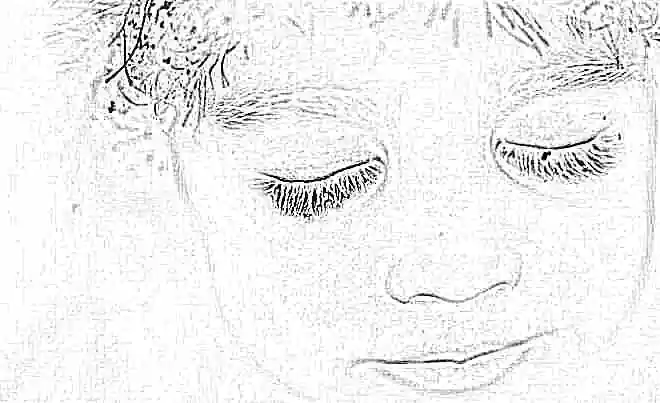
Reducing indoor humidity
Normally, the humidity in the room should be between 50 and 60%. Too dry air causes the child to develop quite dry areas on the skin, which in some cases may be a little itchy.
Scratching the skin can contribute to the introduction of a secondary bacterial infection, which becomes the cause of infectious skin diseases in the future.
Prolonged exposure to hot water
Quite often this situation occurs with infants. Keeping a baby in hot water disrupts the water-lipid layer of the skin, resulting in dryness on the baby's legs.
This symptom also often appears on the toes.

Chronic diseases of internal organs
An underactive thyroid gland or hypothyroidism is quite common in children. One of the clinical signs of this condition is the appearance of dry patches on the skin.
Irritable bowel syndrome and dysbiosis also lead to disruption of metabolic processes that occur in the skin.
Wrong nutrition
Insufficient content of microelements in children's daily diet contributes to metabolic disorders. Quite often, a deficiency of vitamins A, E and B causes a child to develop severe dry skin.
In infants, the appearance of dry spots on the skin is caused by incorrectly selected adapted artificial formula for feeding.
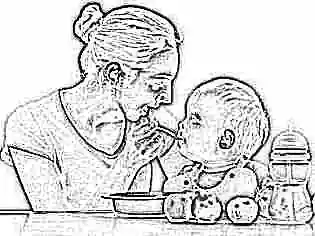
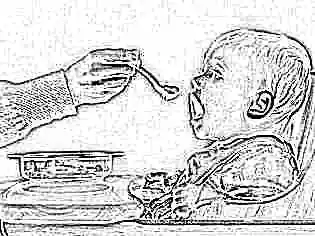
Allergic diseases
Allergies, especially during periods of exacerbation, many types of dermatitis and eczema occur with the appearance of severe dryness of the skin. In some pathologies, the affected areas are quite large in area.
Often allergic skin manifestations are accompanied by severe itching, which brings severe discomfort to the child and worsens his well-being.

Worm infestations
During their life, helminths (worms) secrete a large number of various biologically active substances that have a toxic effect on the skin.
Persistent helminthiasis is usually accompanied by the development of severe dry skin in the child and the appearance of various skin rashes on it.
Hormonal imbalance
Quite common in adolescence and puberty. A surge of systemic hormones has multiple effects, including on the skin.
Usually this situation contributes to changes in the structure of the skin. It tends to become drier and more prone to developing rashes.
Incorrectly selected children's cosmetics
Quite often, the development of dry skin in children is caused by excessive use of body lotions containing alcohol or active chemical components.
Long-term use of these products causes the delicate children's skin to become very dry and various rashes appear on it more often.
Using tar or laundry soap to wash young children can also cause severe dryness in the child.
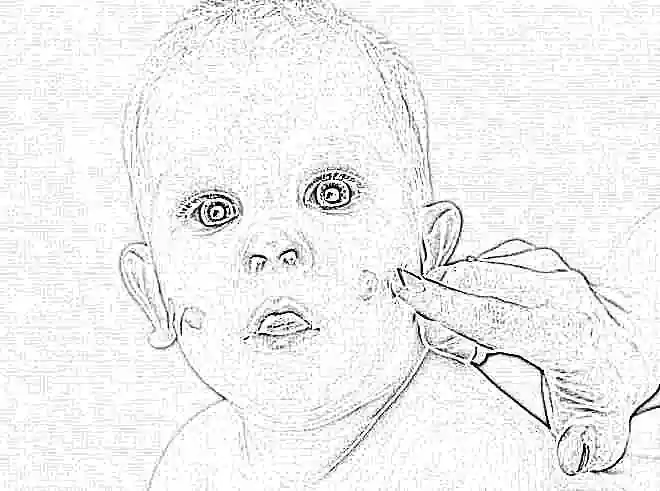
Violation of the drinking regime.
To replenish the loss of fluid that is physiologically excreted from the body through sweat, urine, saliva and feces, a mandatory replenishment of water is required.
A decrease in the volume of fluid consumed per day contributes to the fact that the baby develops pronounced disturbances in skin moisture and turgor.
This is especially noticeable during hot weather and after active sports.
Scabies
This disease, caused by the scabies mite, is quite often recorded in children. Children attending educational institutions are at increased risk.
Doctors note that scabies is most common in crowded groups. The disease usually manifests itself as dry patches of skin between the fingers, which are very flaky.

Diagnostics
A pediatric dermatologist will help distinguish pathology from the norm. A visit to this specialist is necessary.
In some cases, dangerous diseases are hidden behind the mask of increased skin dryness, which are then detected only in the later stages. Timely seeking advice from a doctor will help avoid negative consequences and prevent the development of unfavorable pathologies.
Initially, the cause that led to the development of dryness in the child should be established. If it is not eliminated, subsequent symptomatic treatment will have only a temporary unstable result.
In some cases, establishing the cause of this condition requires a whole range of diagnostic measures. The baby undergoes general clinical blood and urine tests, biochemical tests, as well as an ultrasound of internal organs. Such an expanded diagnosis makes it possible to clarify the cause that caused the child to develop unfavorable symptoms.

Treatment
After conducting a complex of diagnostics, doctors make recommendations. Typically they include adherence to the following principles:
Proper nutrition
Your baby's daily diet must contain healthy unsaturated fats. Including dishes made from red fish and containing vegetable oils in the children's menu will have an excellent effect on the skin.
To compensate for vitamin deficiencies, you should definitely include a wide variety of fruits and vegetables in your baby’s diet.

Using moisturizing baby cosmetics
Currently, there is a huge variety of cosmetic products. Their regular use helps improve the water-lipid layer of the skin and improve its appearance.
For cosmetics, you should use products that are approved and specifically designed for children.
They should not contain any aggressive chemical components that contribute to allergic reactions on the skin or increase dryness.
Monitor your time in the water
Do not overdry the skin during hygiene procedures. Very often this happens while bathing a child.
The duration of water procedures is strictly regulated taking into account the age of the baby. Sitting in hot water for more than the prescribed period contributes to dryness and subsequently irritation of the skin.
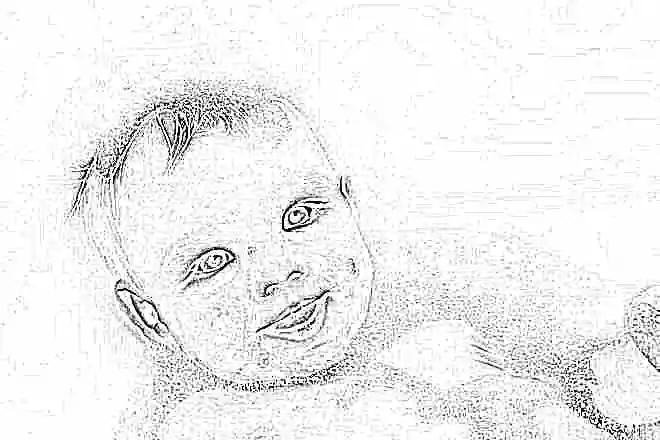
Adding decoctions to baths
If your baby is prone to skin irritation, you can add decoctions made from medicinal herbs to the baths. Chamomile, calendula, and sage are perfect for this.
The use of these products is also an excellent prevention of infectious secondary skin rashes.
You will learn about skin care for newborns in the following video.
Peeling skin in newborns is a common problem with which young mothers turn to pediatricians. It occurs in almost 100% of babies and in most cases does not require treatment. It is only important to understand the causes of the problem and eliminate them. Let's talk about this in more detail.



